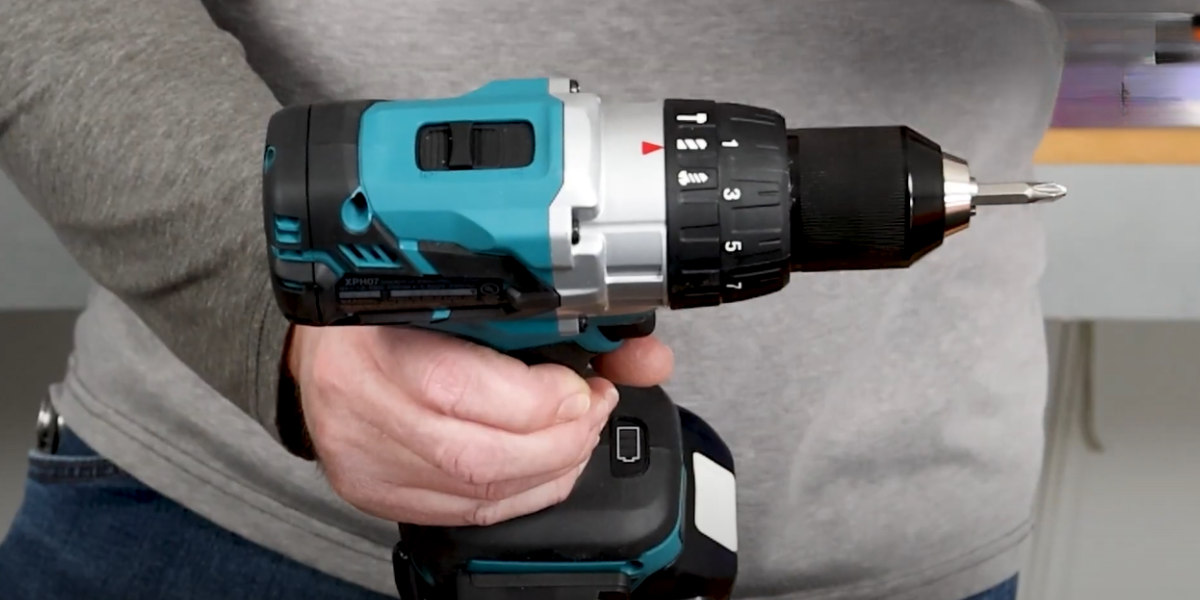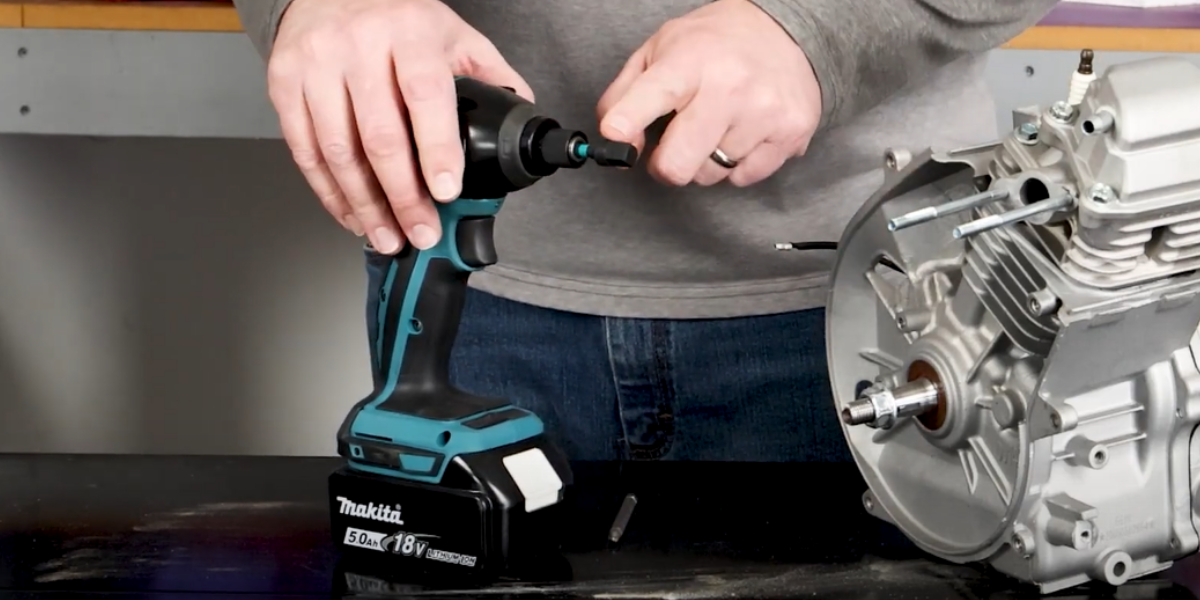What are the Differences between a Drill and Impact Driver?
Drilling Down on the Differences
When it comes to power tools, the drill and impact driver are two of the most used tools in a DIYer's toolkit. It's no wonder they need regular maintenance and replacement parts. While they look similar – and many people wonder whether one can be used one in place of the other – these tools have some distinct differences that make each one better suited for certain tasks than the other. Let’s explore the differences together to help you determine which tool is right for the job.
Key Features of a Drill

Speed selector
A drill typically has two settings, a high-speed, and a low-speed setting. The lower speed helps increase the amount of torque that the drill produces. This is particularly useful when you are working with larger drill bits or completing tasks such as mixing paint or drywall mud.
Selector dial
Drills have either one or two dials which allow you to select different modes to use:
- Drill mode: In this mode, the drill simply spins and allows you to vary the speed using the gearbox or the trigger.
- Screw mode: This engages the drill’s clutch and allows you to select a specific clutch/torque setting. Once the drill reaches the specified level, it will automatically switch off. This mode is useful because it has a lower chance of stripping the screw and allows you to limit how far a screw is driven into an object such as a drywall.
- Hammer mode: In this setting, the drill bit vibrates back and forth very quickly. The circular motion removes the dust out of the hole, and the hammering motion allows the carbide on the end of the drill bit to get hammered down against the work surface.
Key/Keyless Chuck
The chuck is a mechanism that holds the drill bit and keeps it in place. The drill chuck can hold numerous sizes and types of bits, such as hole saws and spade bits, for different jobs.
Key Features of an Impact Driver

Hammer and an anvil
The impact driver has a rotating hammer mechanism that helps to apply more force to the screw or fastener being driven using quick, successive hits. This mechanism allows the driver to deliver more torque without risk of stalling, breaking the screw or stripping the driving surface.
Adapters
Impact driver adapters can be used to connect the driver's hexagonal chuck to different drives or socket sizes. The adapters usually have a square drive or socket on one end and a hexagonal socket on the other end. By inserting the hexagonal shank of the adapter into the chuck of the impact driver, you can use different square drives or sockets with your impact driver.
Square Drive
Some impact drivers have a built-in square drive where the square drive anvil allows you to easily attach square drive sockets without any adapters. Square drive impact drivers are particularly useful when working with hex bolts or lag bolts, or when working on a small engine. They create a more secure attachment and are less likely to damage or break a bolt that may be corroded or difficult to remove.
Hex Chuck
The impact driver has a hexagon shaped chuck which is designed for use primarily with other hex shank bits. If you need to use a round shank bit for example, you will need to purchase an adapter first.
When to Use a Drill
- Drilling: Drills were primarily designed to create holes. Therefore, if your project or task involves making holes in materials such as metal or wood, the drill would be the best choice. The versatile chuck can hold various bits, making it the go-to tool for creating holes of different sizes in various materials.
- Accuracy: Drills are best suited for jobs that require accuracy and precision such as assembling furniture, where it is important to have steady and well aligned joints. The variable speed settings allow for greater control when placing screws and attaching various materials together
- Fragile Materials: A drill typically has lower torque and is best suited for working with fragile materials which require careful handling, such as thin pieces of wood or drywall. Due to the adjustable speed and torque settings, the drill can drive gently and prevent damage to the material.
- Woodworking: Drills are crucial to woodworking projects. Due to the constant spinning, drills create a smooth drilling experience which lowers the risk of wood splintering. They are the best choice for creating pilot holes, prepping surfaces, and they provide the control necessary to avoid driving screws too far into the wood.
When to Use an Impact Driver
- Driving and Fastening: The rotating mechanism in impact drivers allows you to apply greater force when inserting screws/fasteners without damaging the screw or loosening the drill bit. They are most suitable when installing long screws and heavy-duty fasteners like lag bolts.
- Dense Materials: An impact driver delivers higher torque which makes it best suited for working on tough materials like concrete or brick, as well as working on demanding projects such as deck building.
- Efficiency: Impact drivers are designed to get the job done fast. The quick impacts from the rotating mechanism allow you to drive screws and fasten materials with a greater amount of speed than a drill. This is especially important when you need to install a large amount of screws/bolts, which can be a laborious task.
In conclusion, both drills and impact drivers are valuable tools that each have their own strengths and weaknesses. While a drill offers more versatility, control and precision, an impact driver is efficient and the better choice for heavy-duty tasks that require more torque and higher speeds. Ultimately, your choice will depend on the task and materials you are working with. However, if you are an eager DIYer, we would recommend having both a drill and a driver to allow you to handle a wide range of projects.
